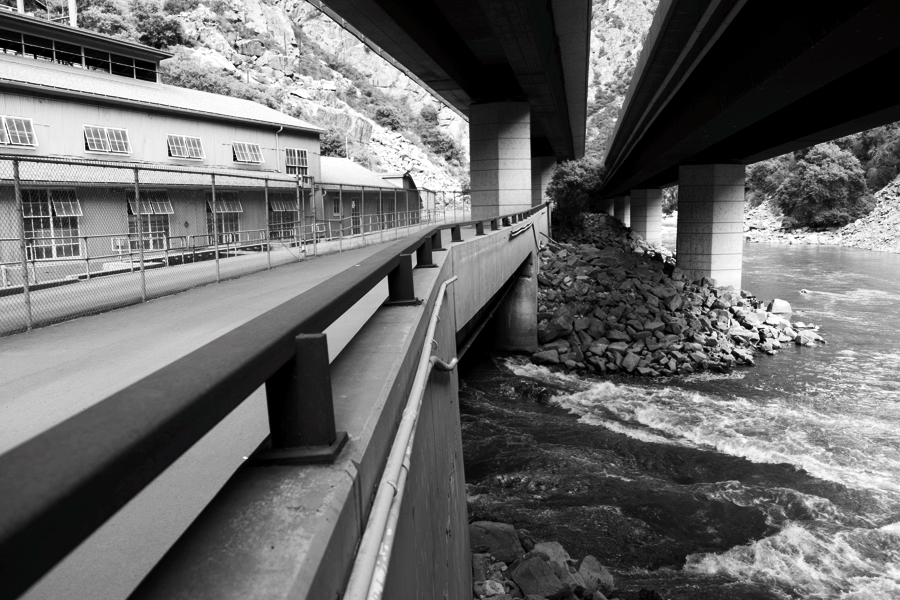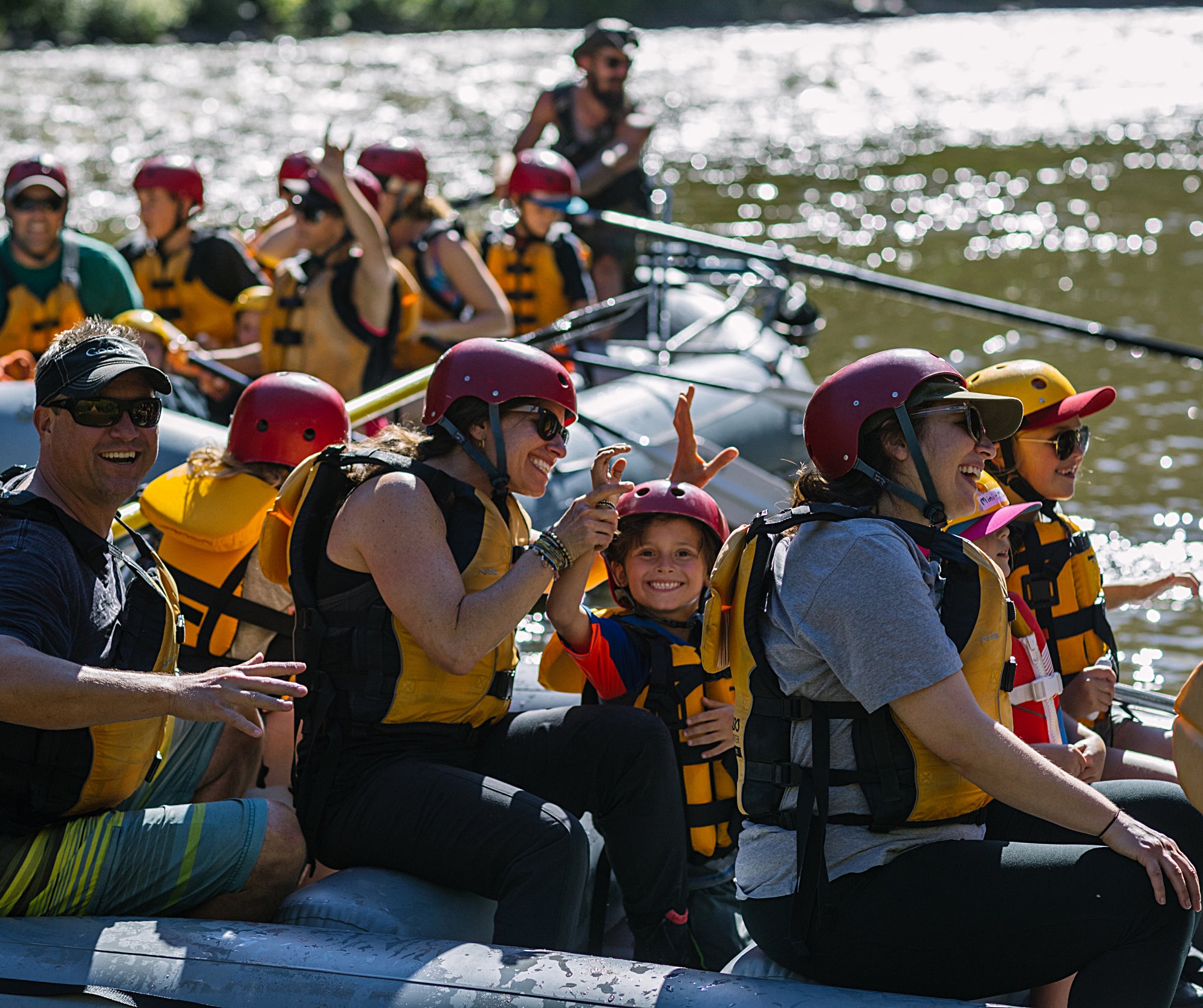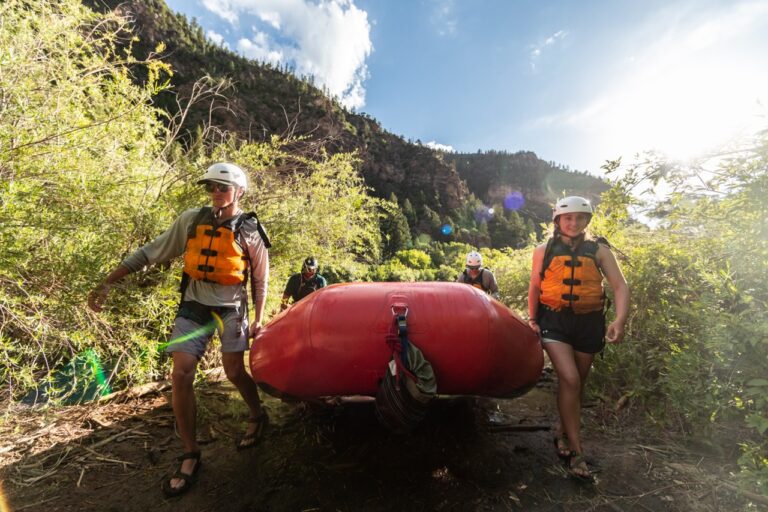Brief History of the Colorado River
The Colorado River in Glenwood Springs, Colorado looks a lot different than it did 50 years ago. As the fifth-longest river in the United States, the river drains an expansive, arid watershed that encompasses parts of seven states in the US and two Mexican states and remains a vital water source for 40 million people. The river supports Lakes Mead and Powell, several dams, aqueducts, and hydroelectric plants along the 1,450-mile stretch of water.
The source of the Colorado River is La Poudre Pass Lake, with the mouth of the river traditionally extending to the Gulf of California, or what is also known as the Sea of Cortez, between Baja California and Sonora. With the many diversions along the way, however, the river has rarely reached its traditional destination.
The Colorado River flows through many cities along its journey, including Glenwood Springs, Grand Junction, Moab, Yuma, Lake Havasu City, San Luis Rio Colorado, Bullhead City, and Page. It has become a recreational resource for millions of residents and visitors to the western U.S. for many years.

The Colorado River in Glenwood Springs has one aspect that sets this stretch of the Colorado River apart from others: The Shoshone Hydroelectric Plant. Built in the early 1900s, the structure sits along I-70 on Exit 123 and is only accessible from the Eastbound lane of the highway. The Shoshone Hydroelectric Plant was built to “furnish electrical power to the various towns in the western part of the state…” and was organized by the Colorado Power and Irrigation Company, now the Public Service Company of Colorado, parented by Xcel Energy.
With some of the most senior water rights on the Colorado River, the plant provides a bounty of water to host thousands of recreational and commercial rafters annually. Just West of the plant is the launch site for the Shoshone Rapids and the gateway to the rest of the Glenwood Springs section of the Colorado River. This plant also secures Glenwood Springs’ local economy by bringing people worldwide to experience its rafting, kayaking, and fishing. By maintaining these senior water rights, the plant keeps water levels flowing, which helps create the rapids that we all get to play on!
Whitewater Rafting Trips
Located in Glenwood Canyon, Shoshone Rapids rafting is a must-do experience in Western Colorado. The 2,000-foot-tall canyon walls create a magnificent backdrop to what is often referred to as the “Baby Grand Canyon.” With individual rapids named “Man Eater,” “The Wall,” “Tombstone,” and “Entrance Exam,” these Class III-IV rapids are an excellent way to spend a warm Colorado summer day. At high water in late May to early June, the river captures water from snowmelt, reaching expansive levels up to and above 20,000 CFS (cubic feet per second).
Many commercial rafting outfitters offer whitewater rafting trips along this section of the river, but never above 6,000 CFS. Most of our Glenwood Springs white water rafting trips are family-friendly. The rafting gear is provided: boats, paddles, helmets, PFDs (personal floatation devices), wetsuits, splash gear, footwear, and a Professional River Guide trained on multiple rivers and with medical certifications to back.
Some of the Glenwood Springs whitewater rafting you can expect on this stretch of the Colorado River include our most popular Glenwood Canyon Half-Day trip that includes the Shoshone Rapids in its first mile and a half. Or, for those not wanting to do the rapids and an excellent choice for multi-generational family rafting, our guided Colorado family float trip provides a great respite from the daily grind.
Family Float Trip In Colorado
This trip has just enough splash to remind you that you’re on a river but leaves out the intensity of the Shoshone Rapids, giving you plenty of opportunities to kick back, relax, and take in all the scenery lower Glenwood Canyon has to offer. You’ll have a chance to take a dip at several points in the Colorado River along the way. And when the water level drops in the later summer months, you may be able to dip your toes in the hot springs and flow into the river just before Glenwood Springs.
Glenwood Canyon Rafting
This is a Glenwood Springs rafting tradition. The Glenwood Canyon Half-Day rafting trip offers families of all ages the time to enjoy some fun in the sun through the Shoshone Rapids, and the scenery-inspired relaxation when floating through lower Glenwood Canyon and Glenwood Springs from the river’s perspective. Nothing short of a well-spent day on the river, the Glenwood Canyon Half-Day provides a little something for everyone. With swimming holes, stories of Glenwood Canyon history, and boat-to-boat water fights, it’ll be a 2.5 – 3 hour indulgence you won’t feel guilty about.
Full-Day Raft Trips
Spend about 6 hours on the water exploring the Colorado River from a raft and an inflatable kayak. And it all comes with a catered, buffet-style riverside lunch. A full day playing and relaxing on the river? Yes, please.
••••••••••••••••••••••••••••••••••••••••••••••••••••••••••••••••••••••••••••••••••••••••••••••••••••••••••••••••••••••••••••••••••••••••••
Welcome to Defiance Rafting Company, the go-to outfitter for rafting Glenwood Springs! Whether you crave the serenity of a scenic canyon float or the heart-pounding excitement of Shoshone Rapids, rest assured, we’ve got every member of your group covered.Dive into an unforgettable river adventure with us!






